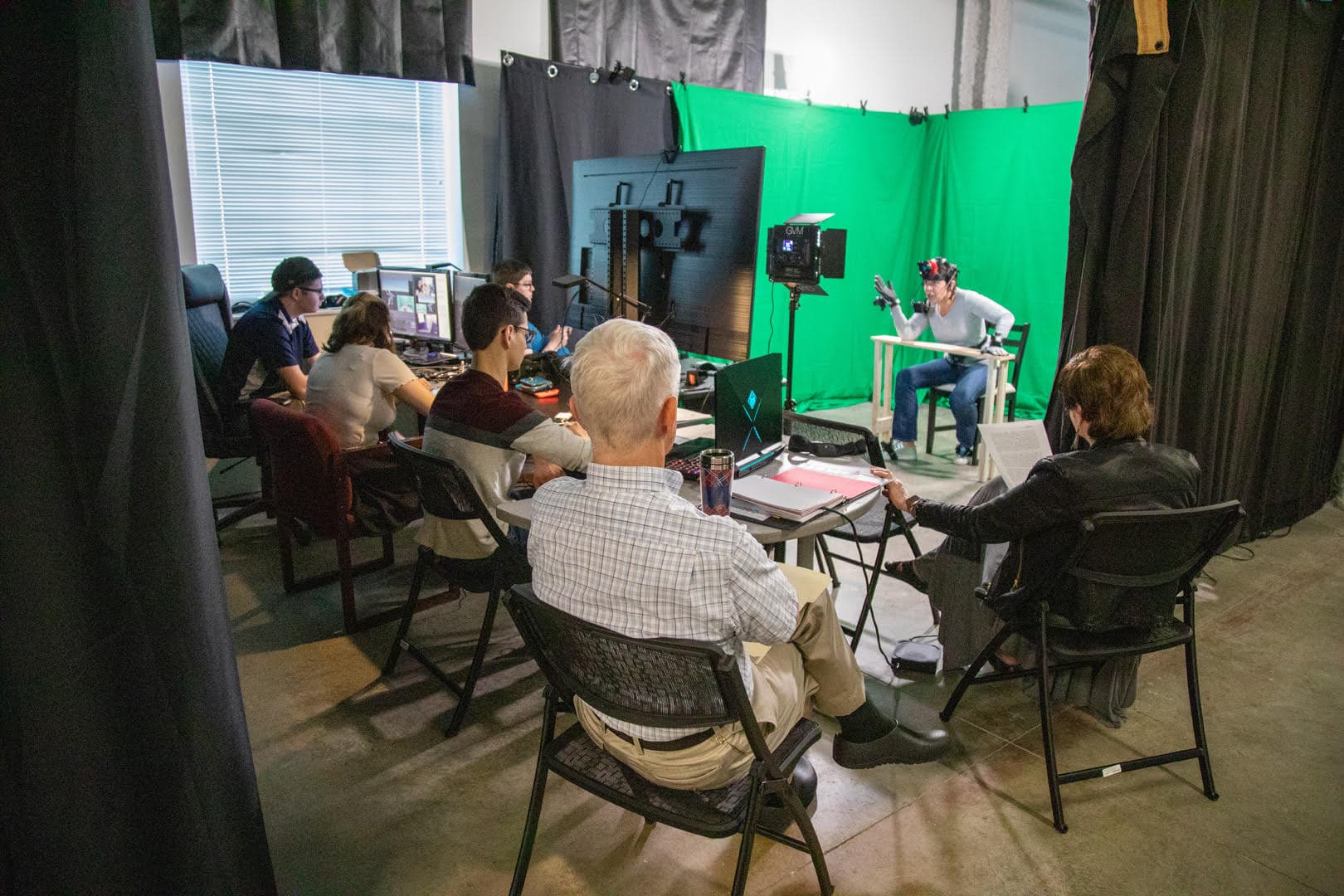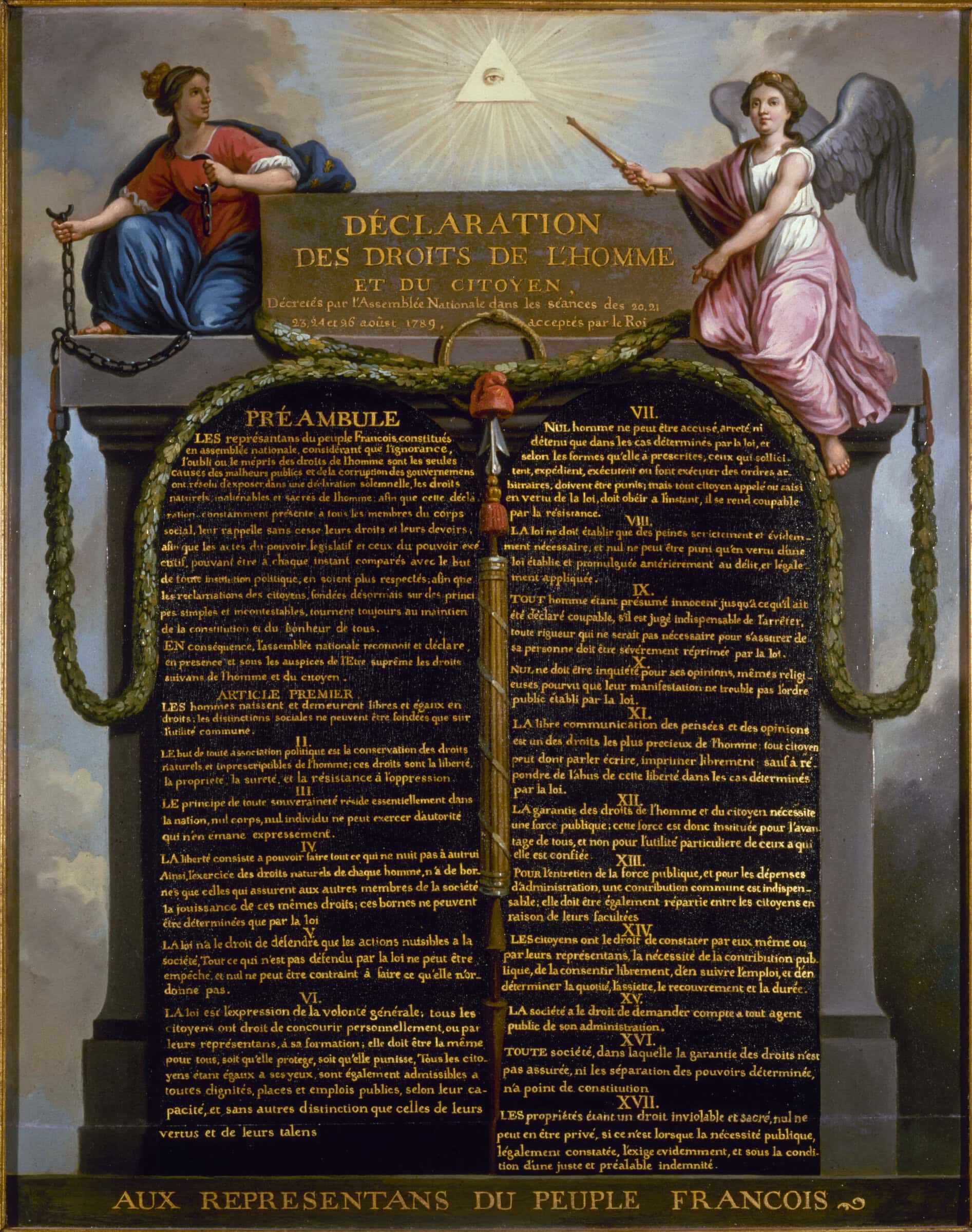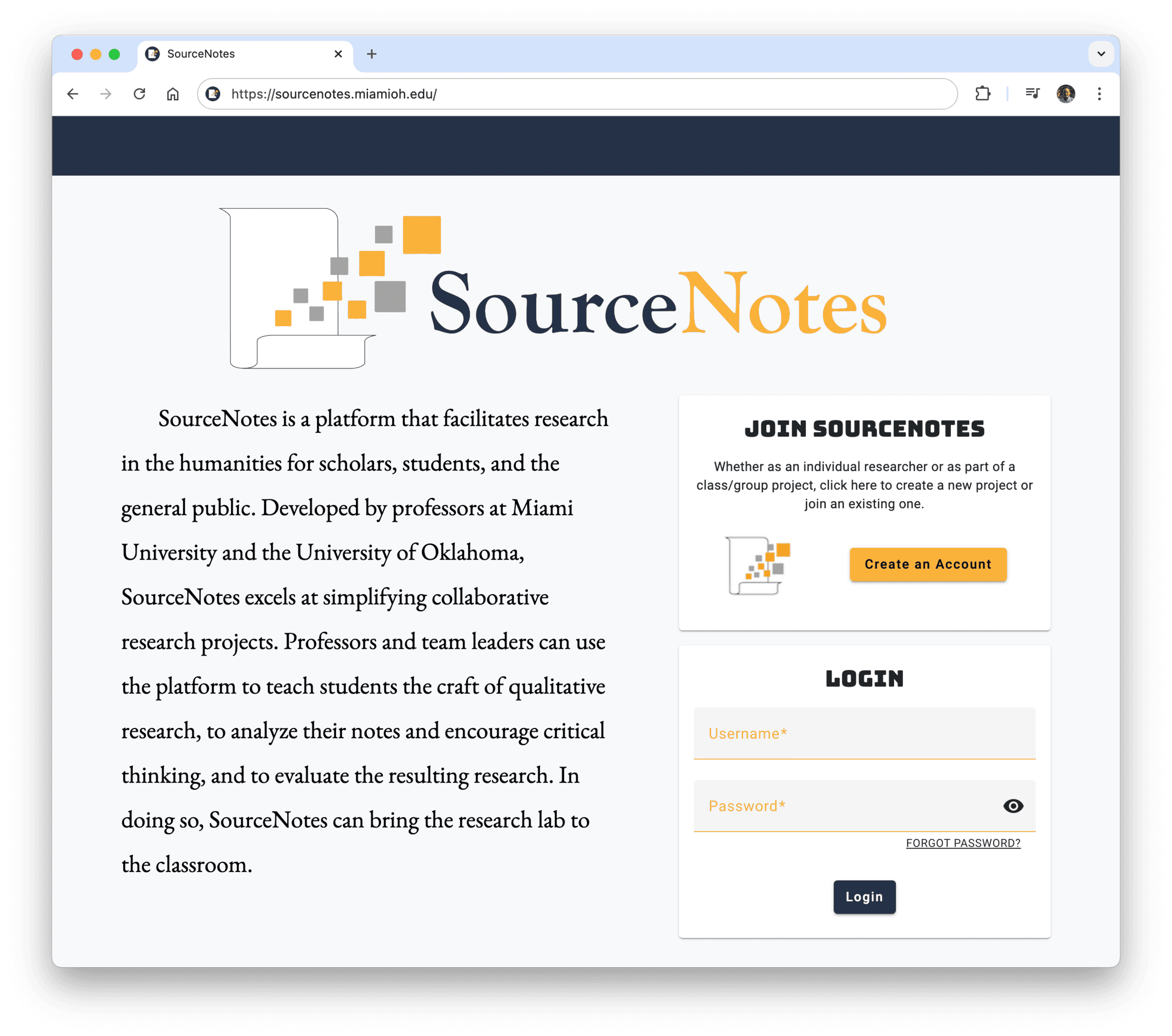As institutions transition to online instruction in the face of COVID-19, historians are struggling with what it means to teach history online. The AHA had planned to announce guidelines in June 2020 for online teaching in history, and we will continue to work to do so. In the meantime, we are publishing a series of short pieces in Perspectives Daily to help the many historians now working to navigate this emergency.
We offer these pieces with a few caveats. Much of what can be done quickly is not properly online instruction(courses envisioned for online or hybrid execution). Rather, for many, this is a rapid transition to remote instruction. Similarly, much of the advice depends on your own institutional circumstances; with regard to policy, particularly ADA policy, always defer to the rules of your home institution. Still, we hope these posts will help support student learning during these turbulent times, and we invite discussion of them and an exchange of ideas—both broadly conceived and narrowly practical—on the AHA Members’ Forum.
High-quality online teaching is more difficult and demanding than its face-to-face counterpart. It requires more upfront planning and preparation and more individualized feedback and assistance.

Lean Forward/Flickr/CC BY-SA 2.0
History classes, in particular, are generally more adaptable to an online format than many other courses, precisely because the skills we value involve words and critical reflection—the ability to read closely, identify and weigh evidence, engage in informed debate and discussion, and write analytically and persuasively. These are qualities that are readily transferrable to the digital realm.
What steps should you take to adapt your history course to an online format quickly and as painlessly as possible?
Step 1: Decide if your class will be synchronous or asynchronous.
Deciding on synchronicity—whether your class will happen in real time—will have an effect on what platform you can use, what materials you need to prepare, and what strategies you will use to engage your students. If your class is small, you can host an online seminar using a video platform like Zoom. For larger classes, you can use a tool like Blackboard Collaborate, Zoom, or Webex to transmit your lectures. But remember: To ensure accessibility, all audio must be captioned. YouTube has an automated captioning tool, but the text still needs to be reviewed and edited.
Online teaching might require new techniques. Think about “chunking” lectures; divide your lectures into smaller, 5–7 minute mini-lectures, which are easier for students to absorb. You can also pre-record a lecture or create a narrated PowerPoint presentation, which students can view at their leisure.
If you decide on an asynchronous format, you can adopt one of two approaches:
- A “task” approach.Tell your students precisely what they need to do for each session. Because it is very easy for online students to get lost, list what they need to do in the appropriate sequence. For example, they might be asked to review a narrated PowerPoint presentation, read certain texts, and take part in a class-wide discussion.
- A more integrated and seamless “courseware” approach.In essence, you create online textbook chapters that combine readings, activities, other instructional resources, and assessments. I find this approach especially appealing. Feel free to use the courseware that I’ve developed and used with 600 to 700 students a semester at the University of Texas at Austin (linked at the end of this post).
Step 2. Embed dialogue and interaction in your course.
A high-quality educational experience requires much more than mere information transmission. Students need to process the information that they receive, analyze it, and discuss it with their classmates and instructors. You can add interactive elements to your course in several ways:
- Make use of your Learning Management System’s (LMS) discussion board.Effective online discussions require at least as much scaffolding as those in a face-to-face environment. Providing prompts will require students to use their higher-order thinking skills, apply information to a new context, identify patterns, draw conclusions, make comparisons, uncover hidden meanings, assess the value of various interpretations, or prove or disprove an argument. You might ask your students to:
- Identify and weigh the variables that contributed to an effect or outcome.
- Contextualize or historicize a decision.
- Evaluate the relative persuasiveness of a particular argument or interpretation.
- Create spaces where small groups of students can brainstorm, role play, debate, or analyze a document, video clip, image, map, chart, or other piece of historical evidence. Students might interact synchronously or asynchronously by using platforms like Google Hangouts, Google Docs, Google Slides, or Microsoft Teams.
- Encourage peer feedback.Consider requiring students to respond to at least one of their classmate’s posts or comments. Participation in a discussion board is a way to embed dialogue and interaction into your course. It also offers a way for students to learn how to voice their opinions in a thoughtful, informed, and professional manner.
Step 3. Be present.
Instructor presence is essential if students are to remain on track and on task. You can be present by:
- Sending out regular announcements through your LMS or by email.
- Offering a brief introduction to each session through video (which should be captioned) or in writing.
- Inviting students to communicate with you.
Step 4. Make the online version of your class at least as interesting as your face-to-face version.
There is no learning without engagement, and motivating students in an online class is even more challenging than in a physical classroom. Consider giving each session a problem or inquiry focus. Ways to do this include organizing a session around a question, such as:
- An evidentiary question: How do we know?
- A causal question: Why?
- A connective question: What is the connection between past and present?
Also, incorporate multimedia and primary sources into your class. These might include video clips, historic music, historic maps, art and photographs, artifacts, advertisements, fashion, or political posters. Nothing does more to bring the past to life than the voices and artifacts of earlier eras. These sources not only give students a visceral sense of what the past looked like, but also open their eyes to the kinds of unconventional sources that historians use to reconstruct our ancestors’ attitudes and ways of life.
Step 5: Ask students to do something.
Examples include asking them to take part in a debate, take on a role or persona, analyze a case study, or examine the history behind a current controversy. Such activities teach students essential historical skills: to consider history from multiple perspectives, appreciate the decisive role of individuals in history, clarify causality and appreciate complexity and contingency, and recognize that every facet of life has a backstory.
Step 6: Provide frequent and substantive feedback.
Timely, constructive feedback is even more important in an online environment than in a face-to-face context. In many instances, however, in the interest of efficiency, this feedback can be directed at the entire class or can be modified to fit individual student responses. Rubrics and examples are especially helpful in online teaching. These can help students understand precisely what you are looking for and can enhance the quality of their responses.
The impact of the abrupt transition to online teaching is extraordinarily unclear. Will this spur faculty to make greater use of online teaching in the future, or, conversely, will it persuade faculty to resist online teaching as grossly inferior to its face-to-face alternative? Time will tell. Regardless of the ultimate answer, we need to make this experience as rich, fulfilling, and meaningful as we possibly can. Let’s do it.
Steven Mintz is professor of history at the University of Texas at Austin; senior advisor to the president for student success and strategic initiatives at Hunter College, City University of New York; and a member of the AHA’s ad hoc committee on online teaching.
This work is licensed under a Creative Commons Attribution-NonCommercial-NoDerivatives 4.0 International License. Attribution must provide author name, article title, Perspectives on History, date of publication, and a link to this page. This license applies only to the article, not to text or images used here by permission.


